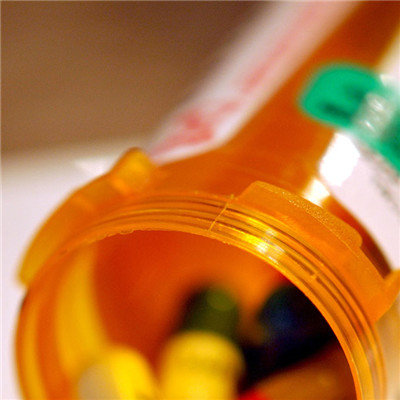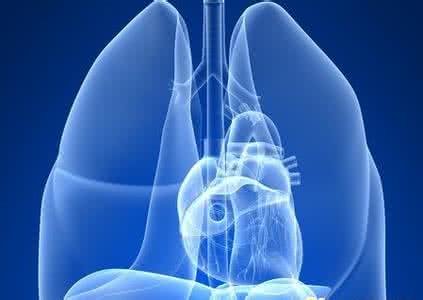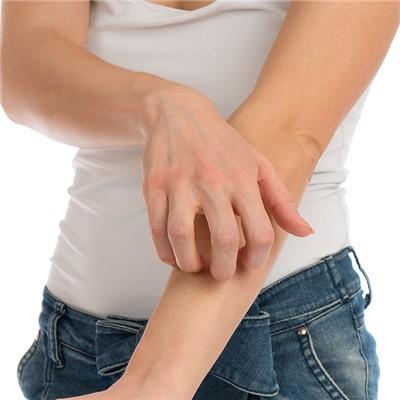Symptoms of fluoride poisoning?
summary
Fluoride poisoning is caused by fluoride entering human body. Fluoride can be divided into organic fluorine and inorganic fluorine. Organic fluorine mainly includes fluoroacetamide, sodium fluoroacetate, etc; Inorganic fluorine mainly includes hydrogen fluoride, sodium fluoride, calcium fluoride, hydrofluoric acid, etc. In recent years, fluoride has been widely used as agricultural insecticides and rodenticides. Poisoning is often caused by eating by mistake, which can also be seen in suicide and homicide. Symptoms of fluoride poisoning? Let's talk about it
Symptoms of fluoride poisoning?
When contacting and inhaling fluorine-containing gas or hydrogen fluoride, irritation symptoms of mucous membrane of eyes, nose and upper respiratory tract may appear rapidly, such as eye tingling, tears, runny nose, sneezing, itching and tingling of pharynx, hoarseness, cough, chest tightness, etc. At the same time, it can produce nausea, vomiting, abdominal pain and so on. Chemical pneumonia and toxic pulmonary edema can be produced when inhalation concentration is high. Sudden inhalation of extremely high concentration can even cause reflex asphyxia.

Skin contact with low concentration (< 20%) of hydrofluoric acid does not cause pain at that time, but it can form mild burn after a few hours. The appearance of burned skin is pale, swollen, with blisters, accompanied by tingling and burning sensation. Hydrofluoric acid with a concentration of more than 60% can cause severe burns immediately. The skin changes from pale to dark purple rapidly. The pain is severe. The muscle tissue is necrotic and the corrosion can reach the bone. When the nail is invaded, the nail bed is often inflamed, with severe pain and nail damage.

Long term exposure to low concentrations of fluoride and fluoride can cause chronic rhinitis, laryngitis, bronchitis and tooth erosion, forming dental fluorosis, enamel tarnishing, rough tooth surface, yellowish brown or brown pigmentation, and easy to wear and break. Dental fluorosis is mainly seen in the labial side of incisors and premolars.

matters needing attention
There is no specific treatment for fluorosis. The best control measure is to change the water source. Water with high fluorine content can also be defluorinated by chemical drugs (such as aluminum sulfate, activated carbon, etc.). In addition, you can take Funing tablets, twice a day, one tablet each time, 30 days as a course of treatment, which can promote the body's fluoride excretion.















